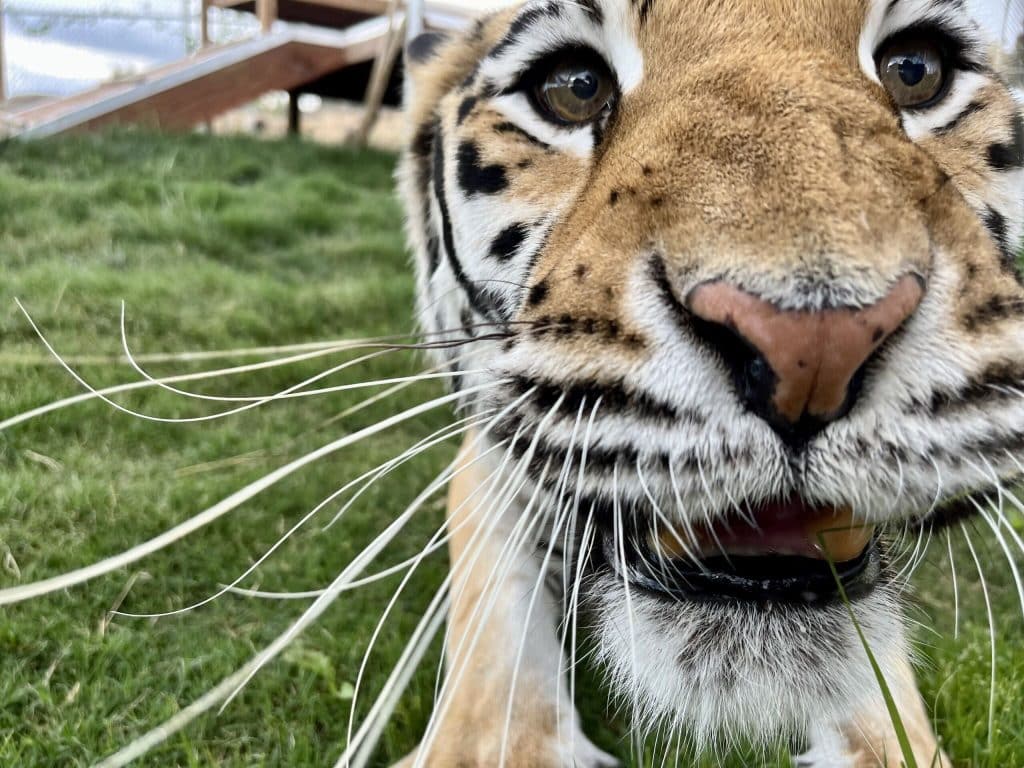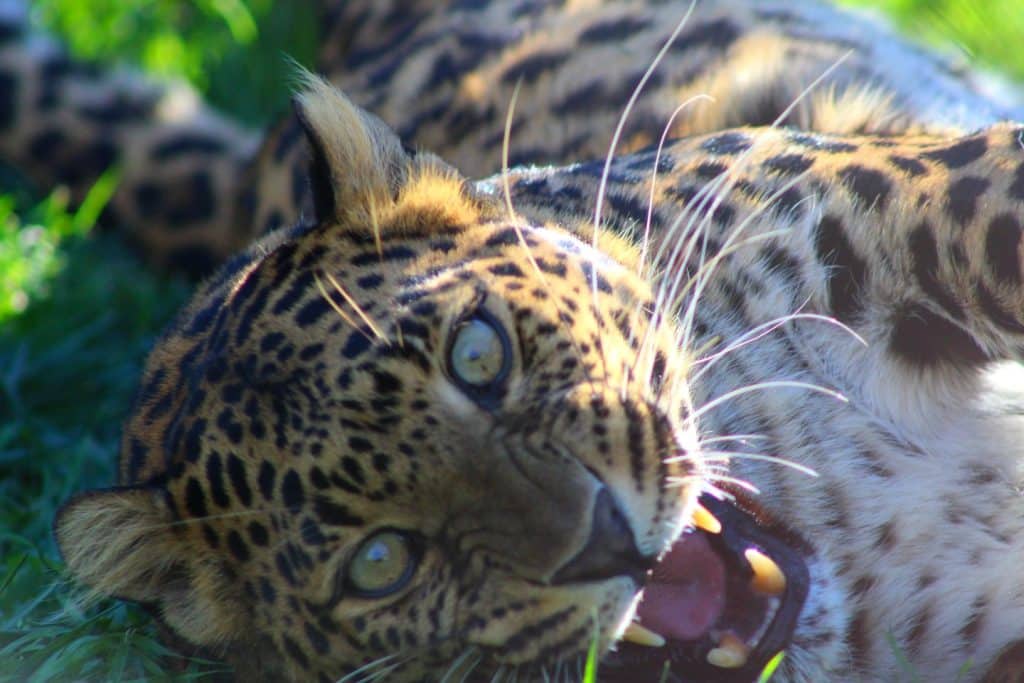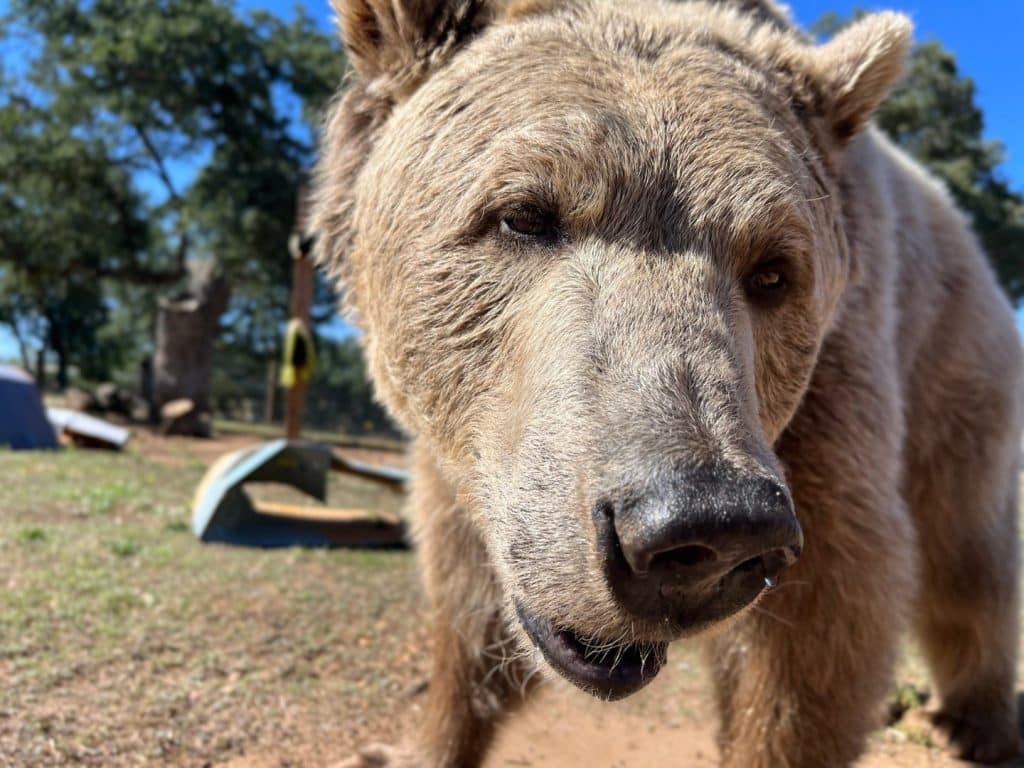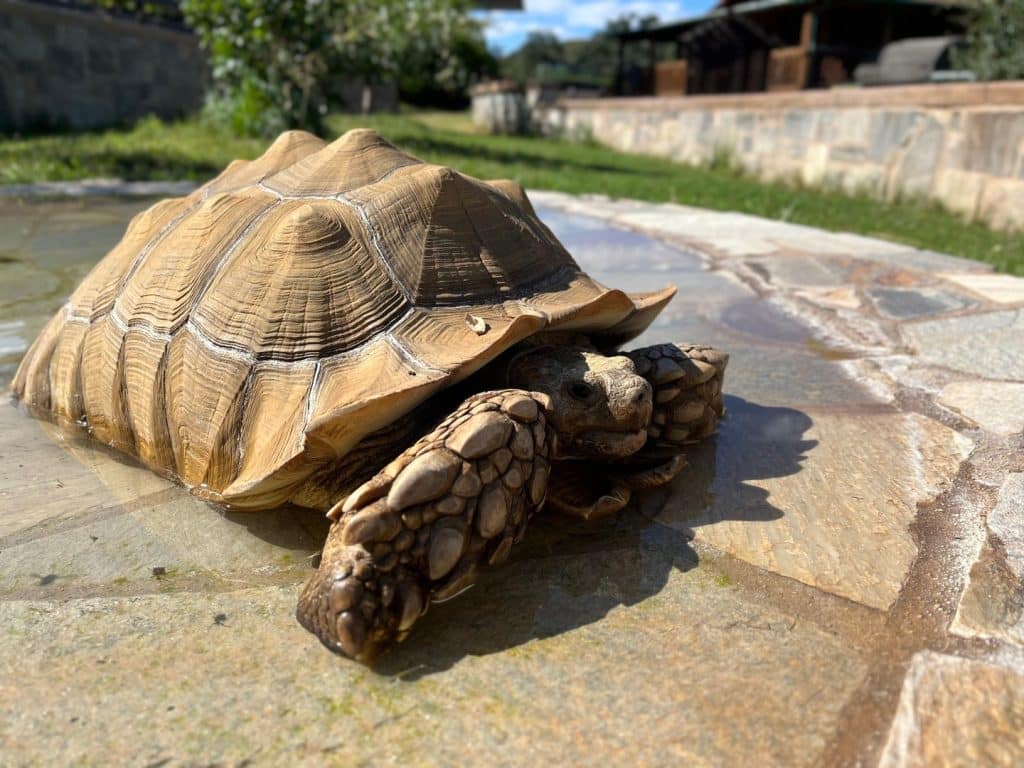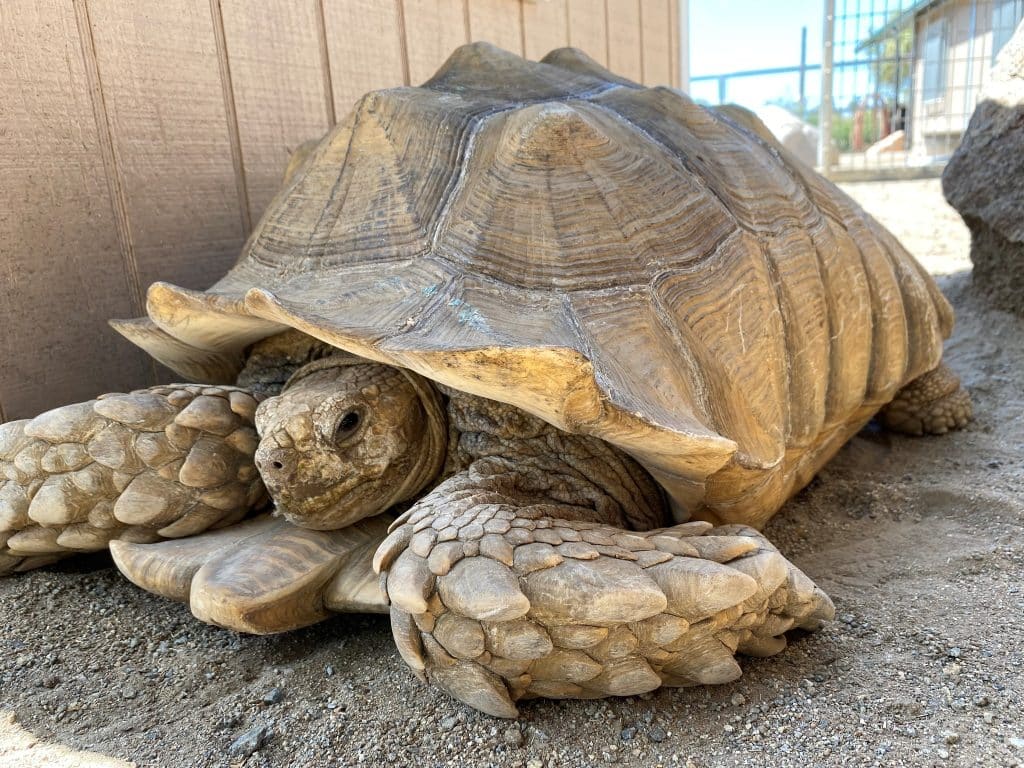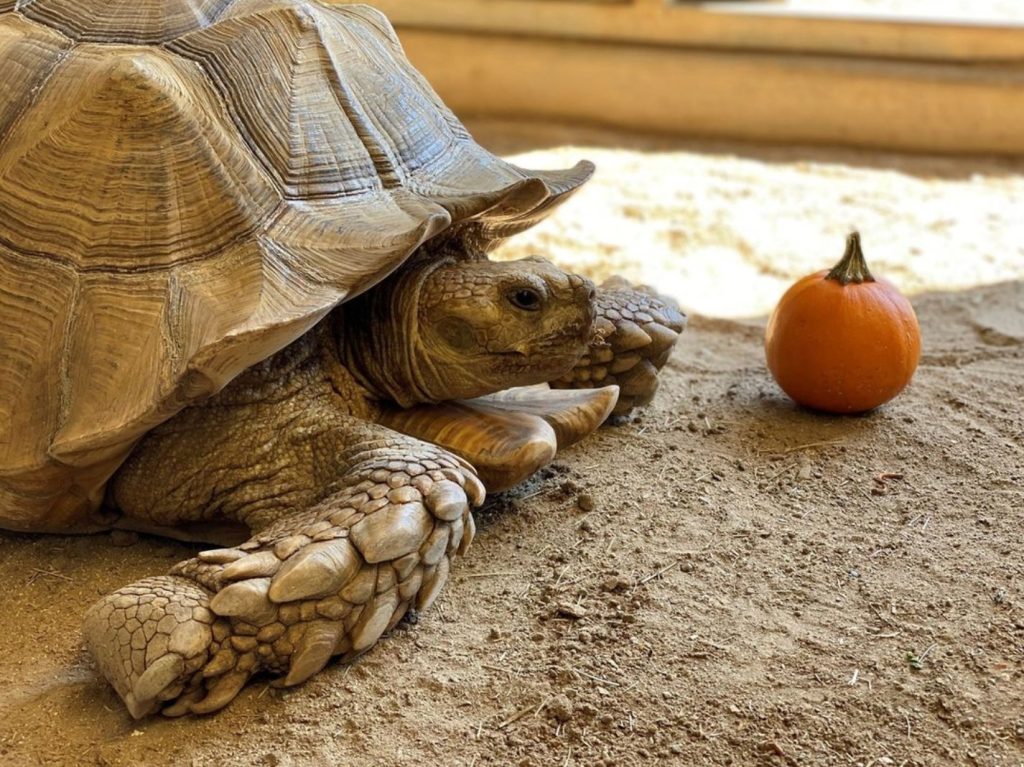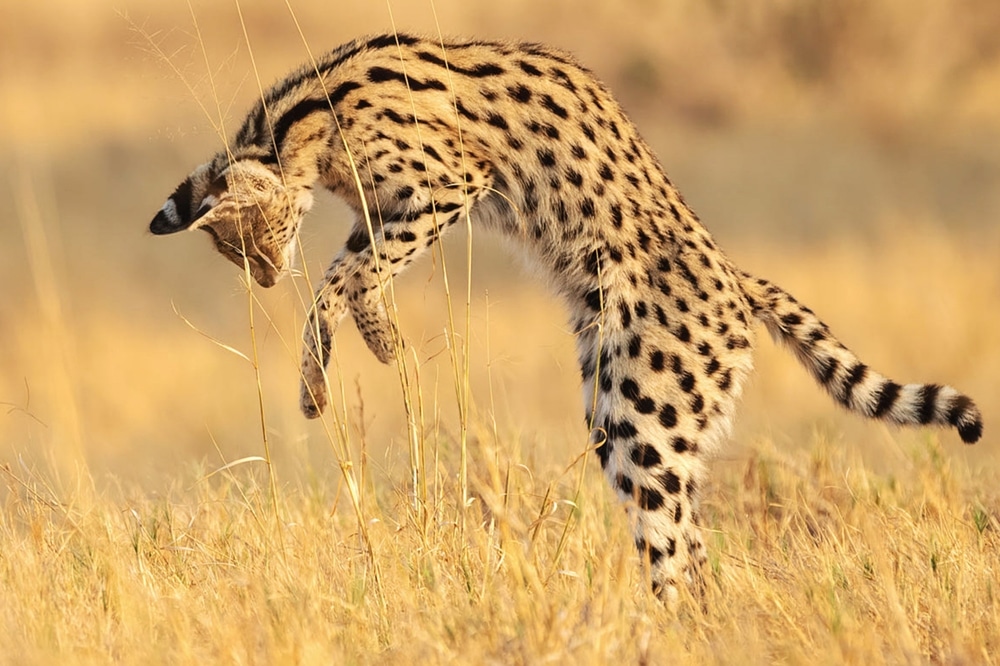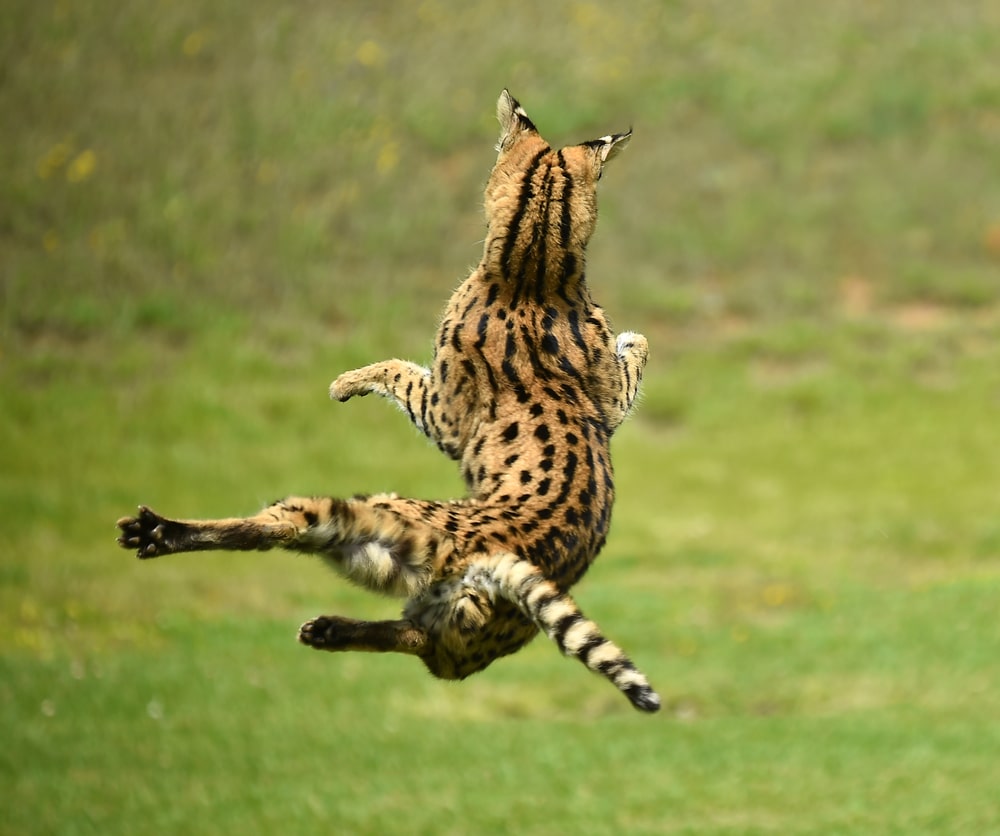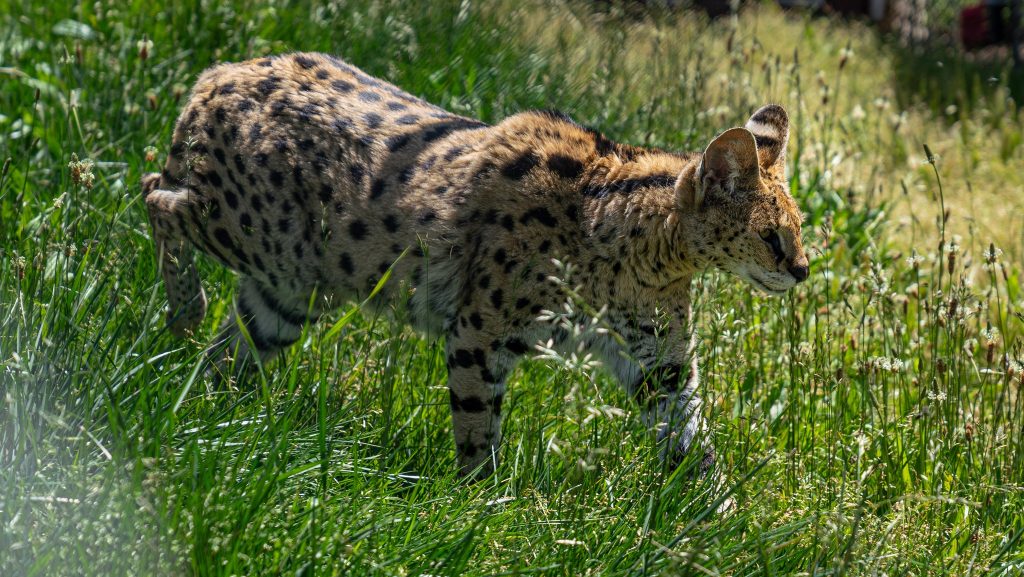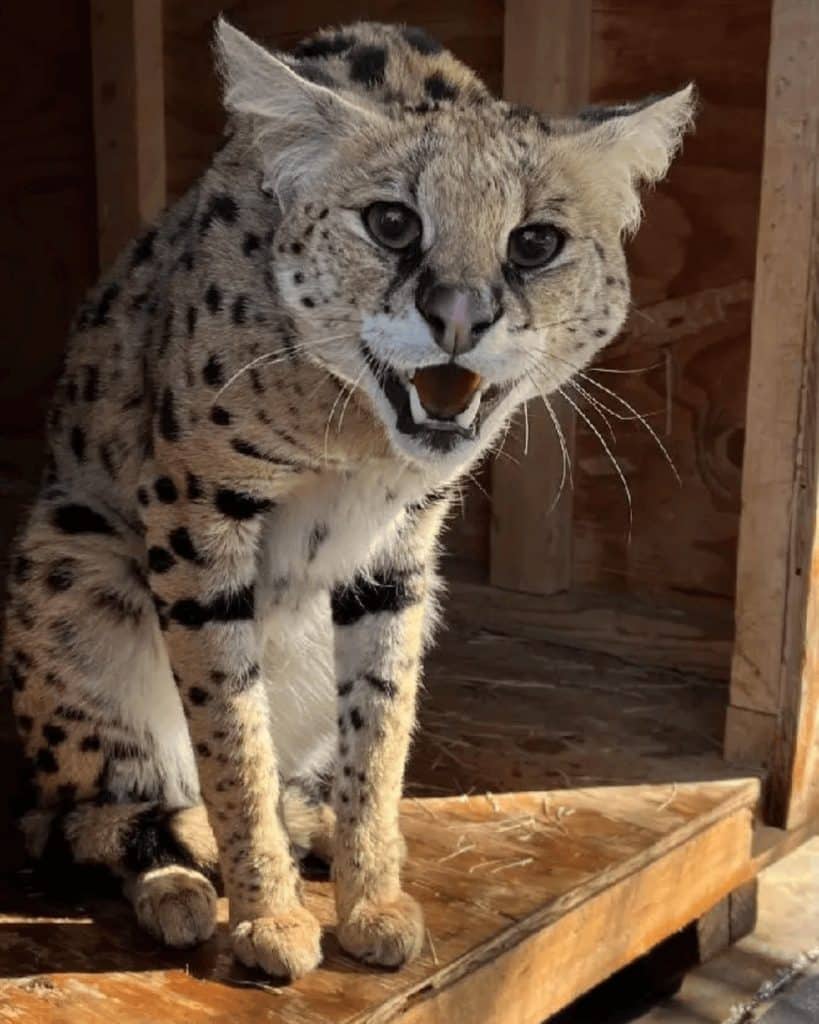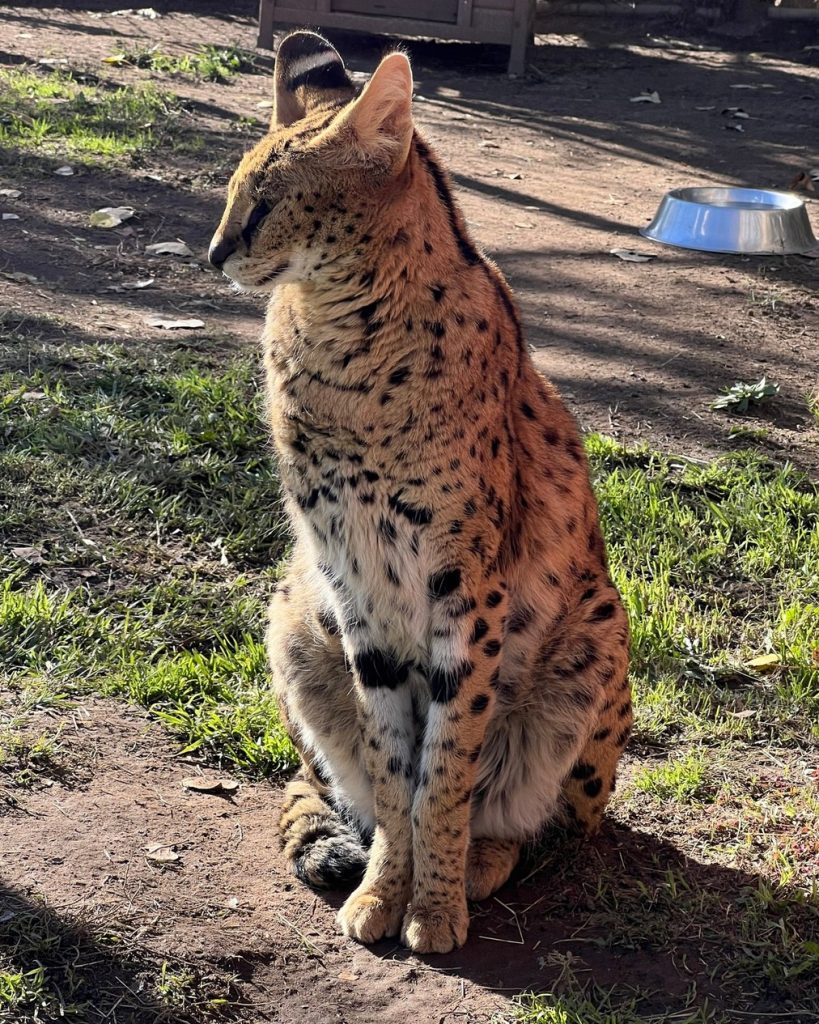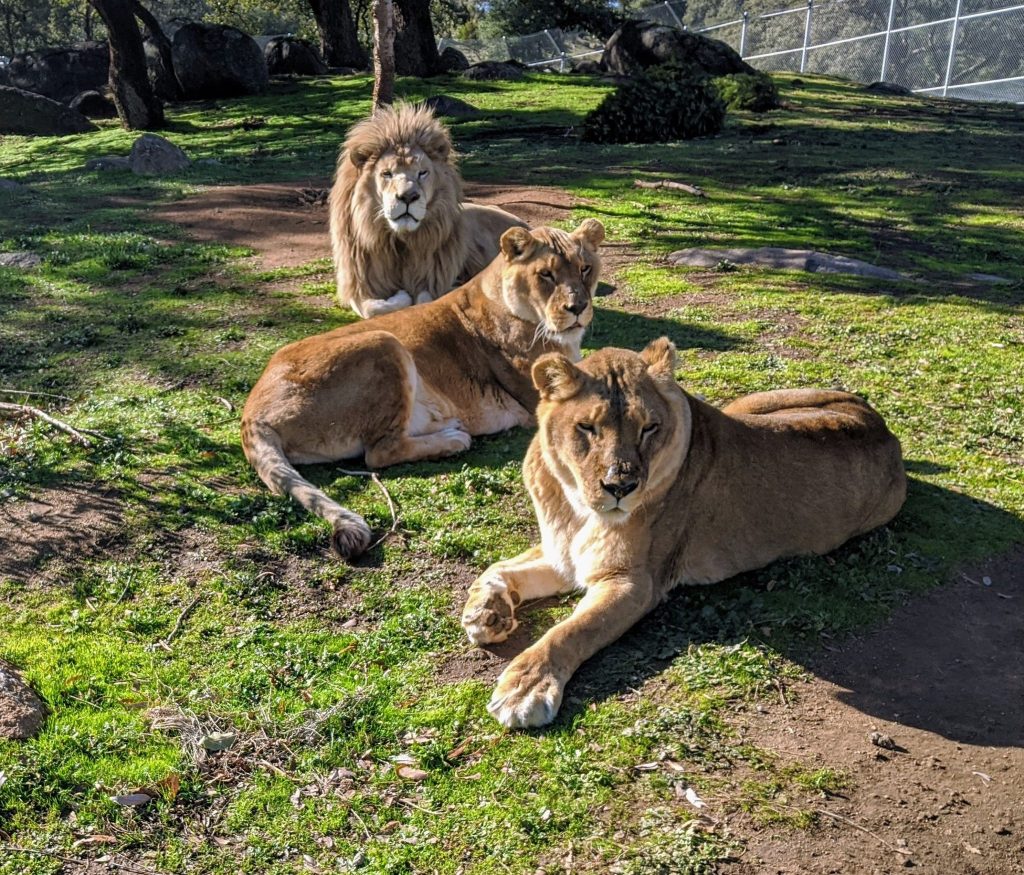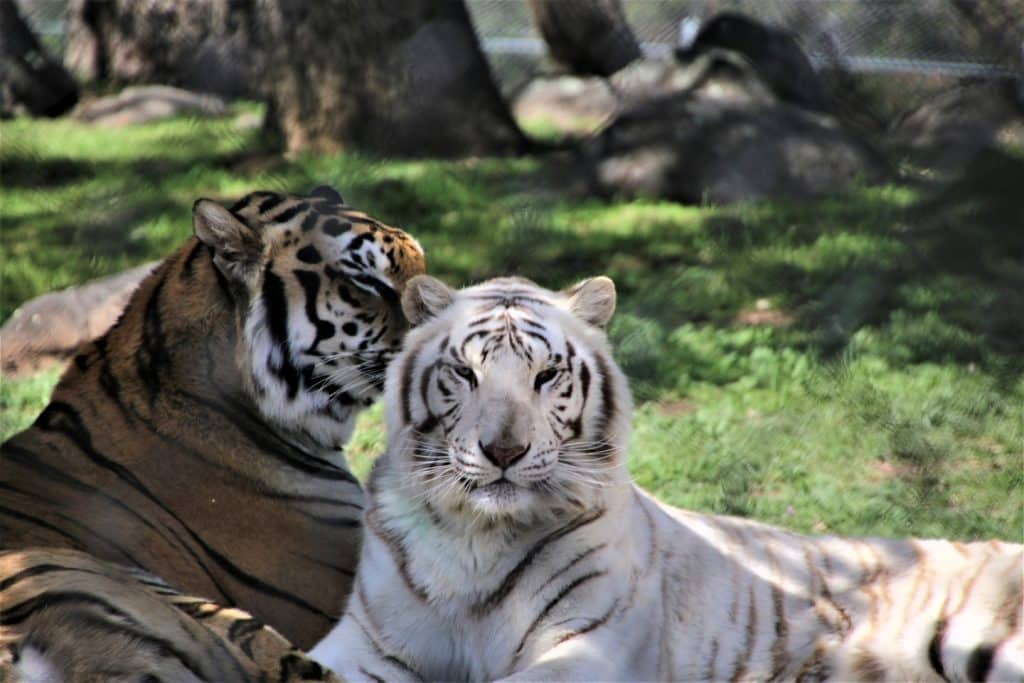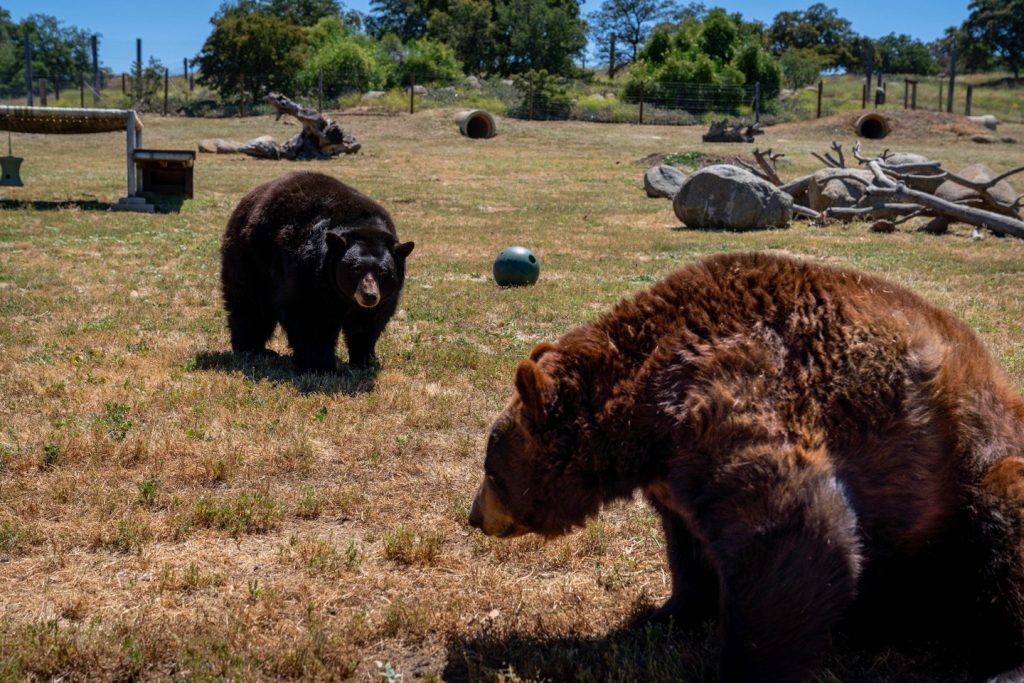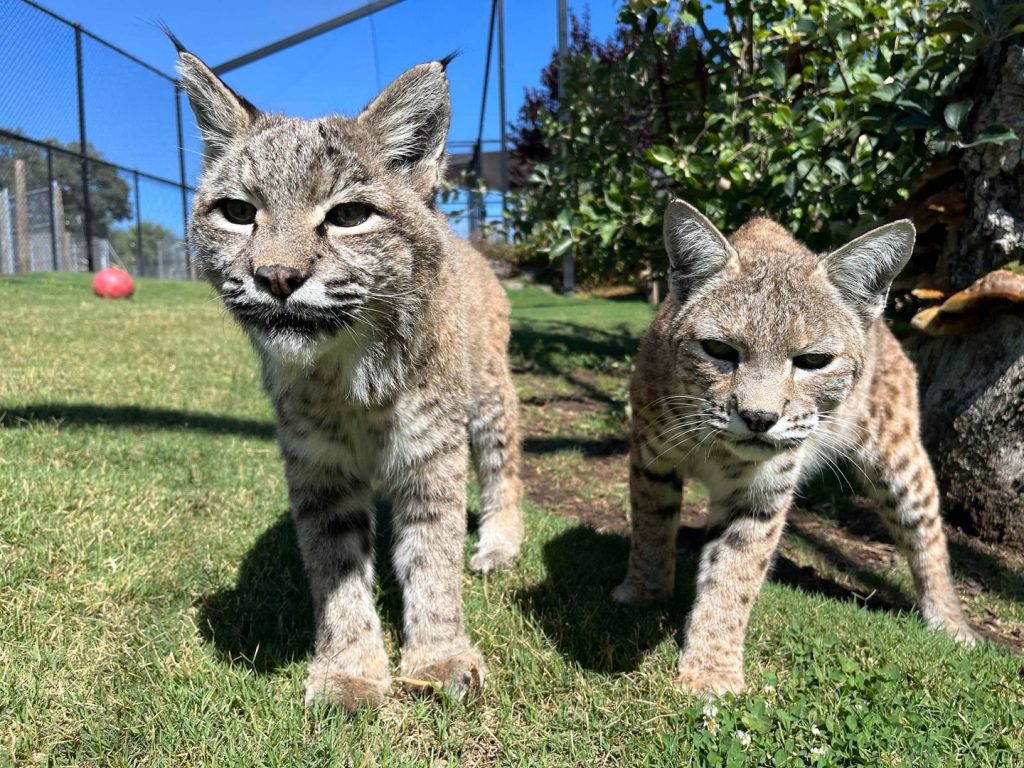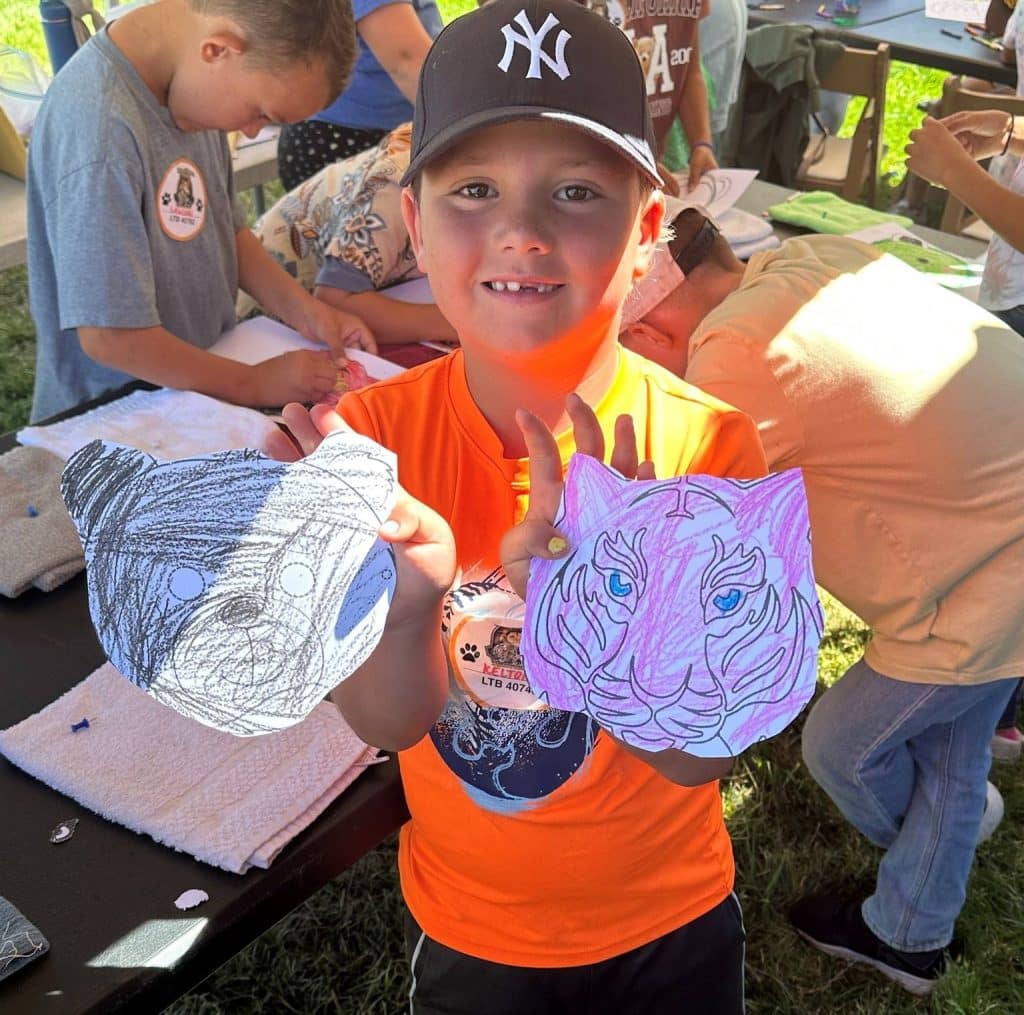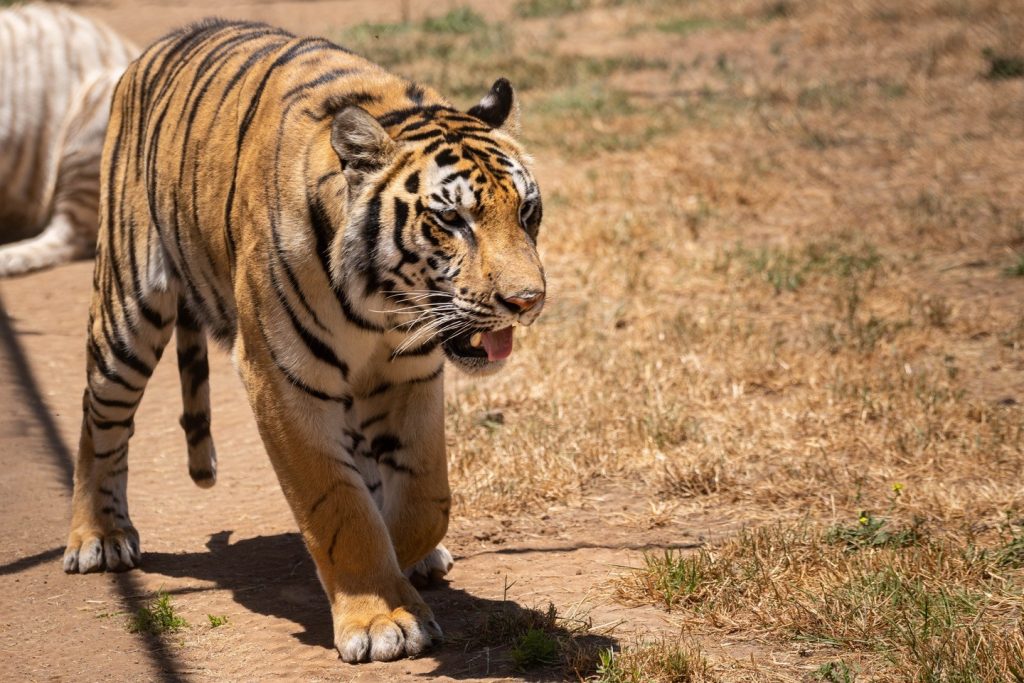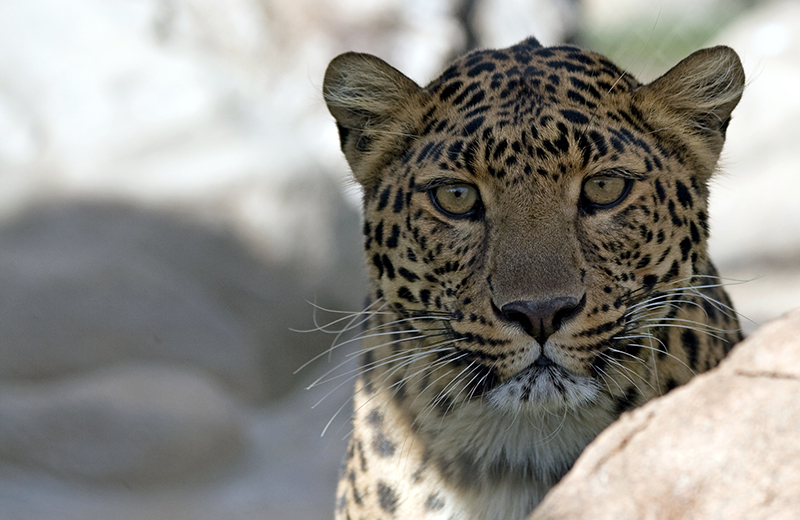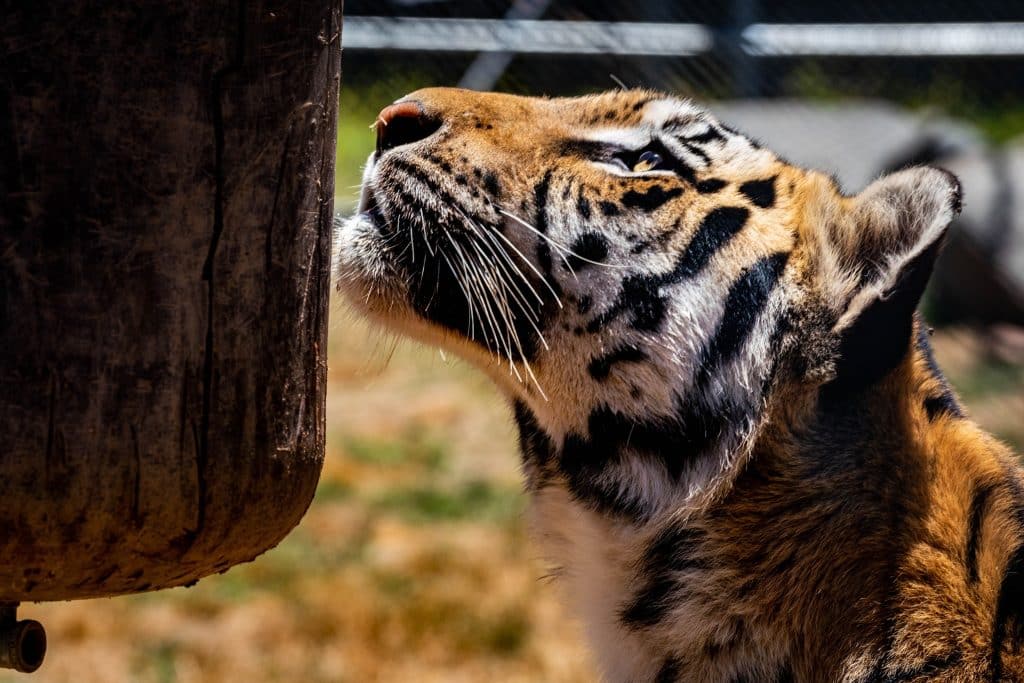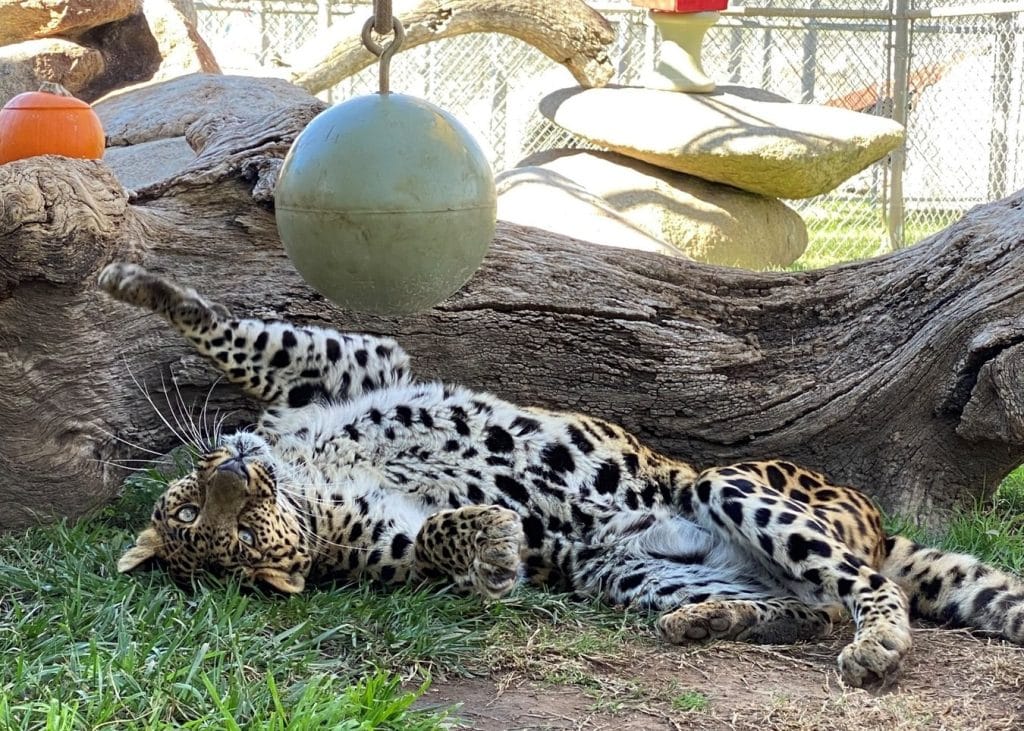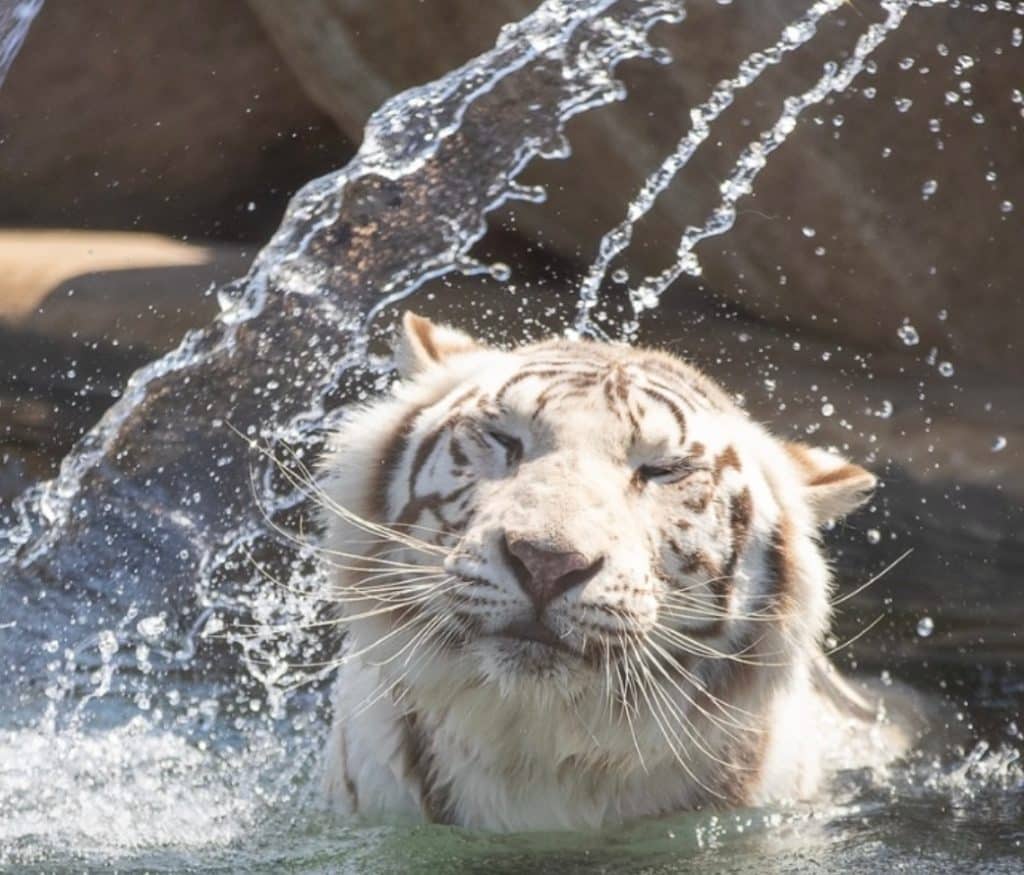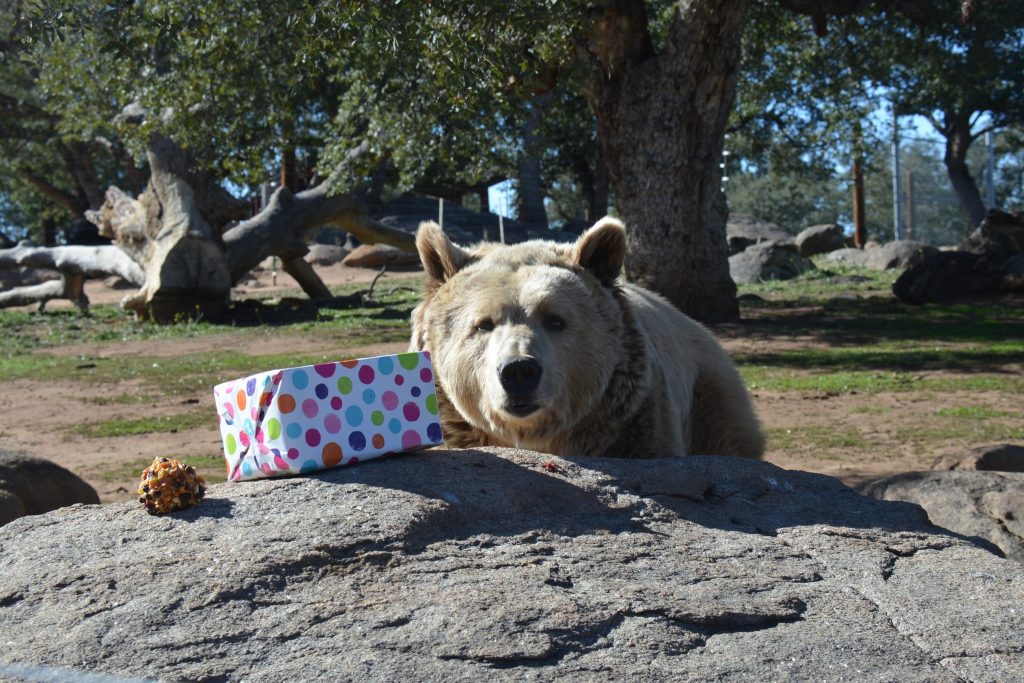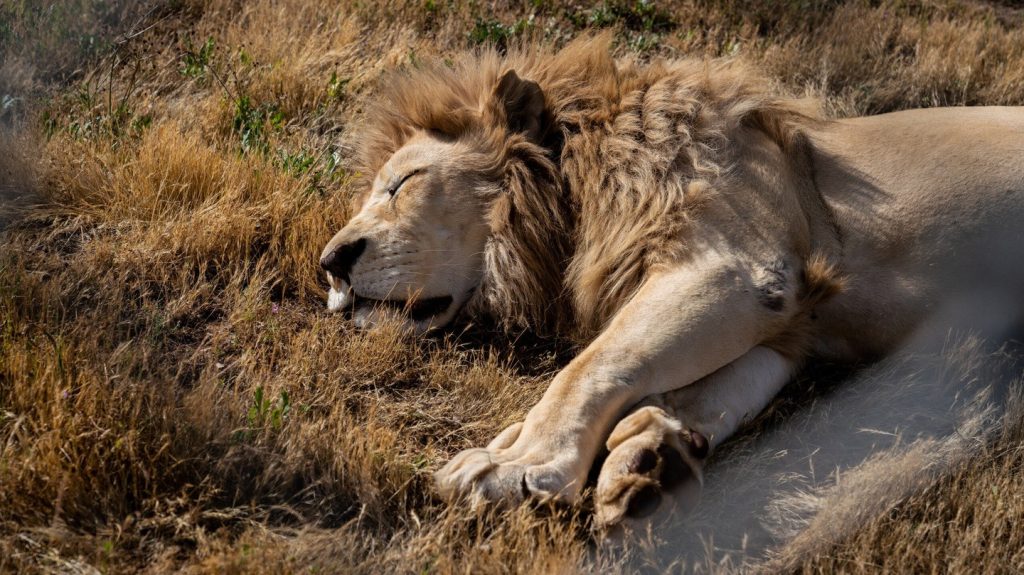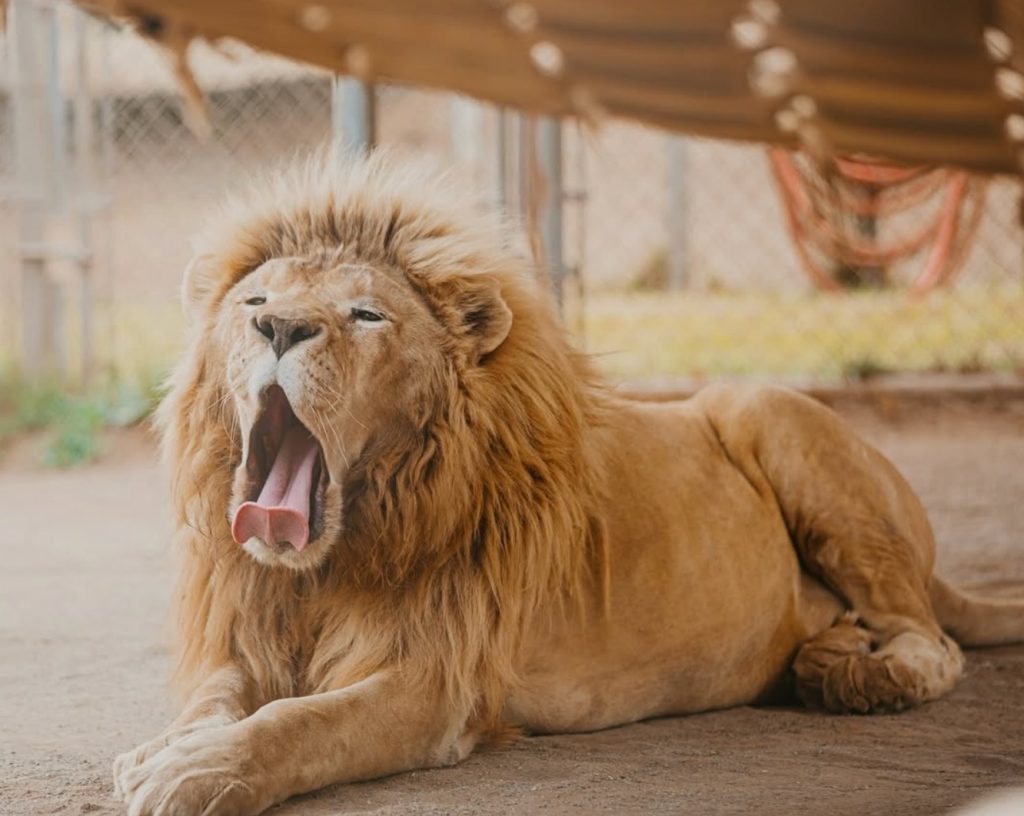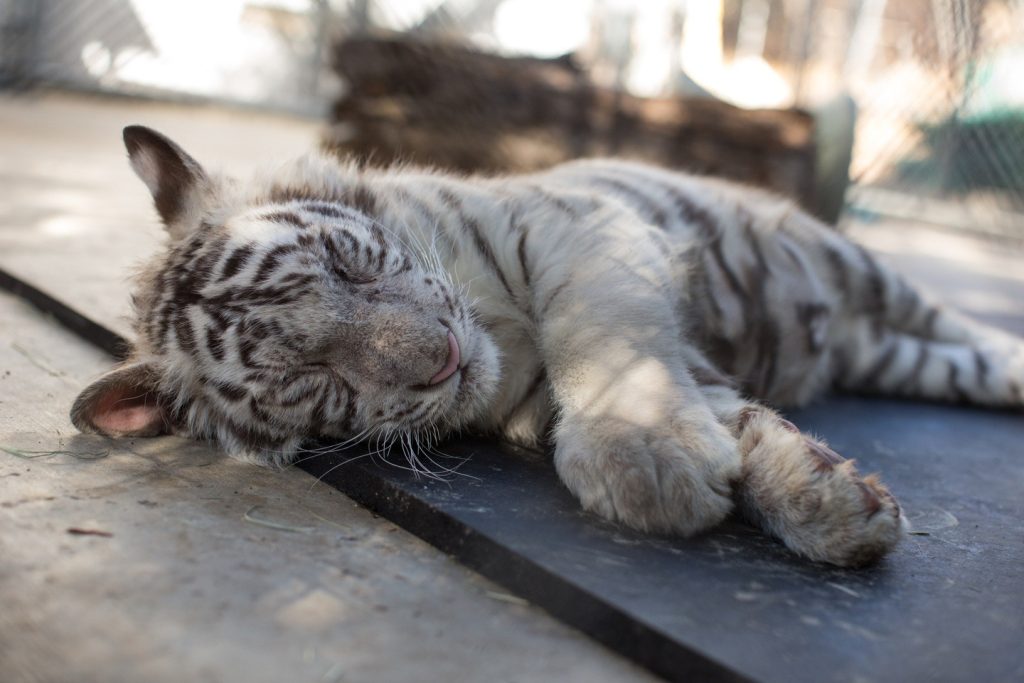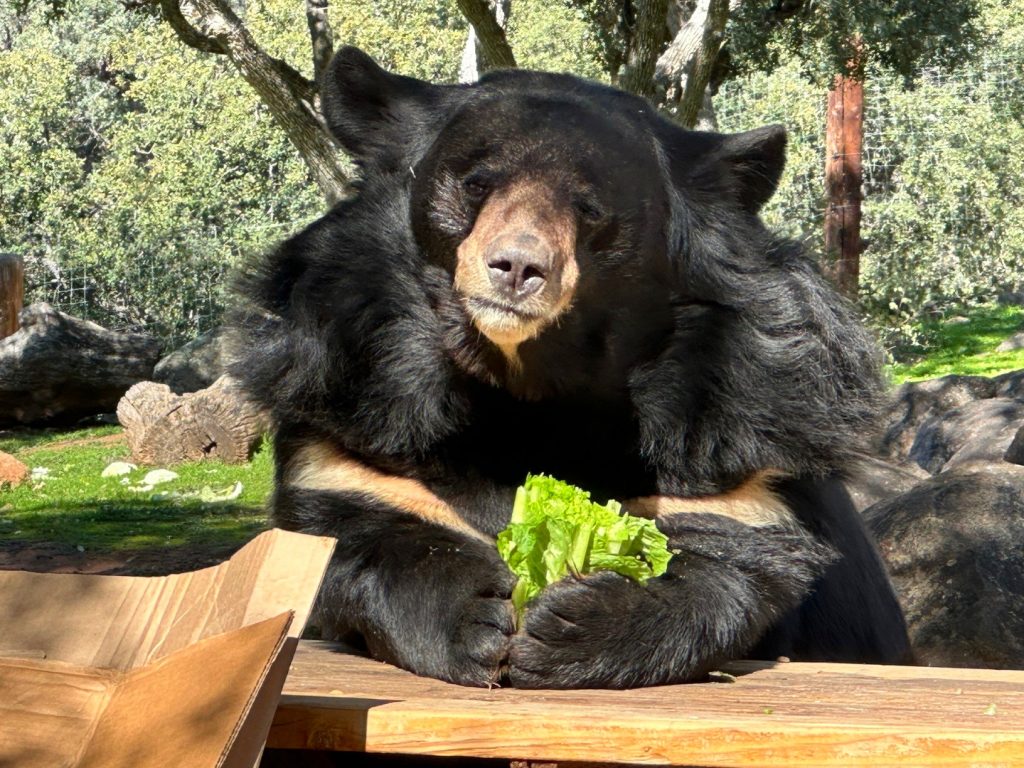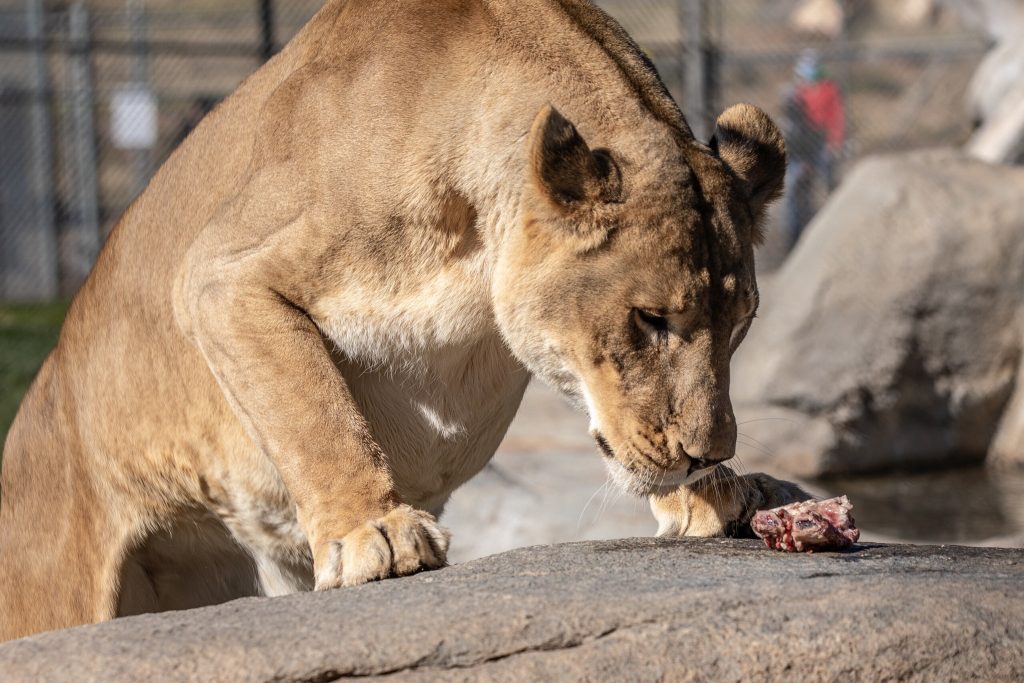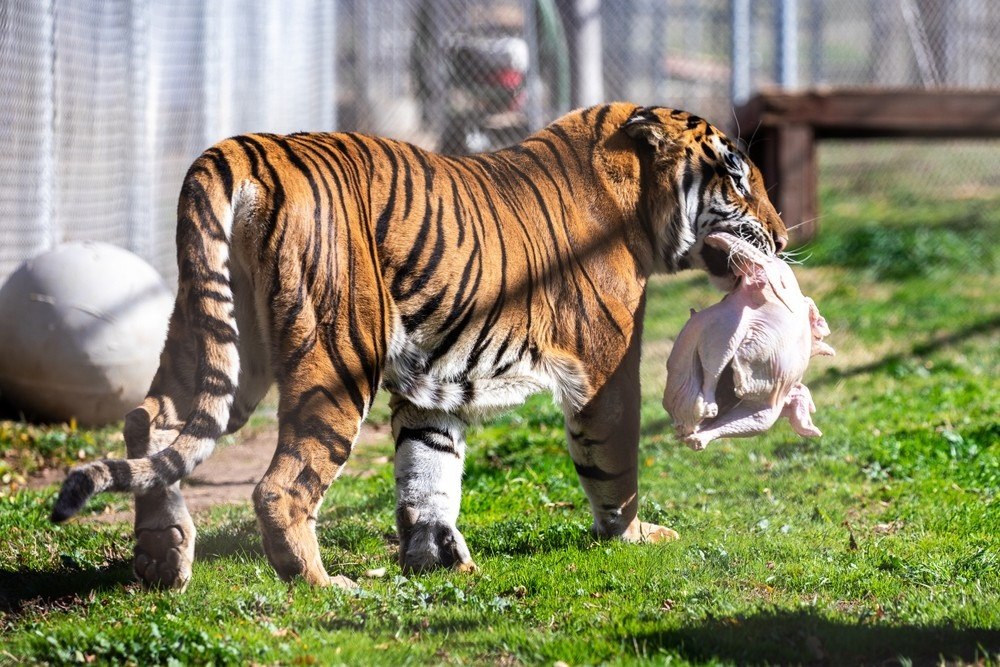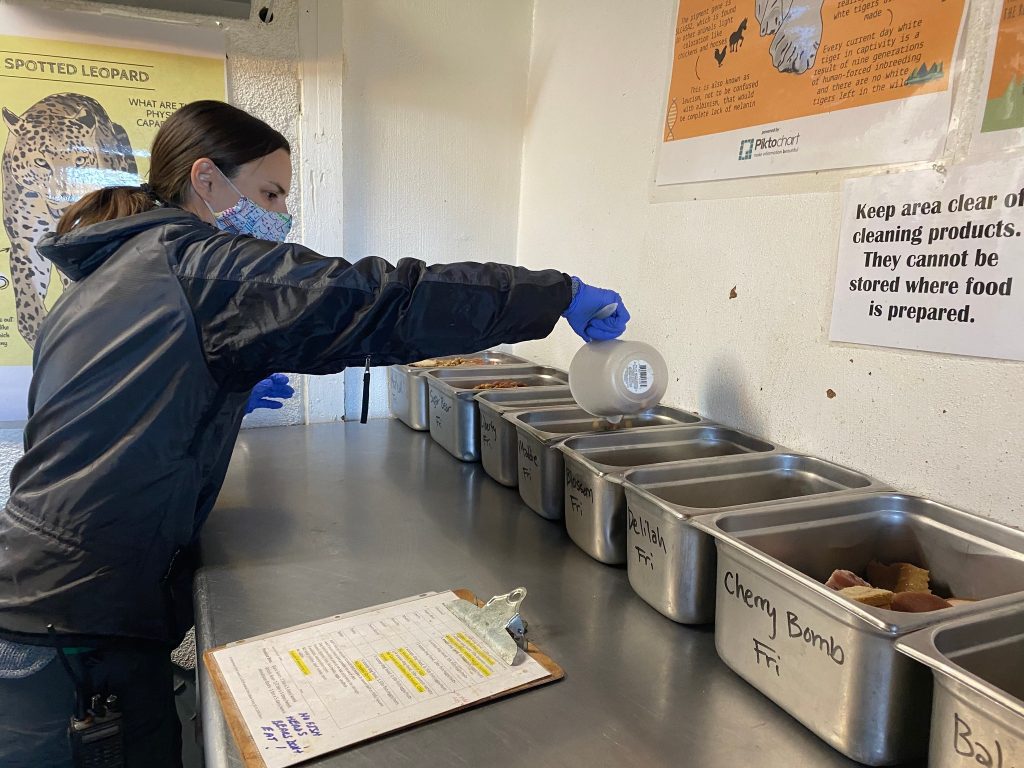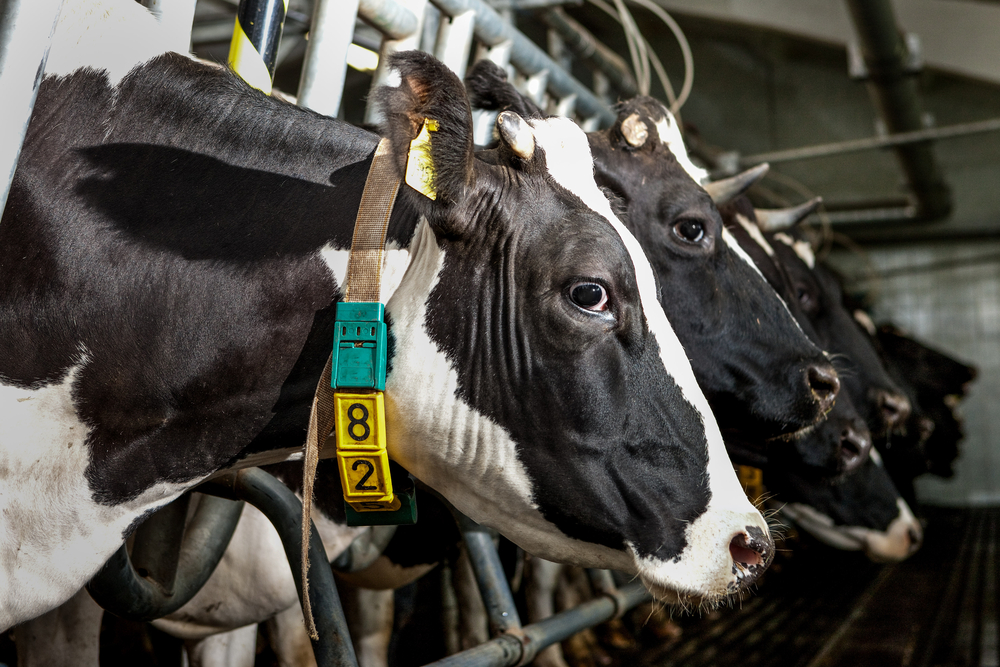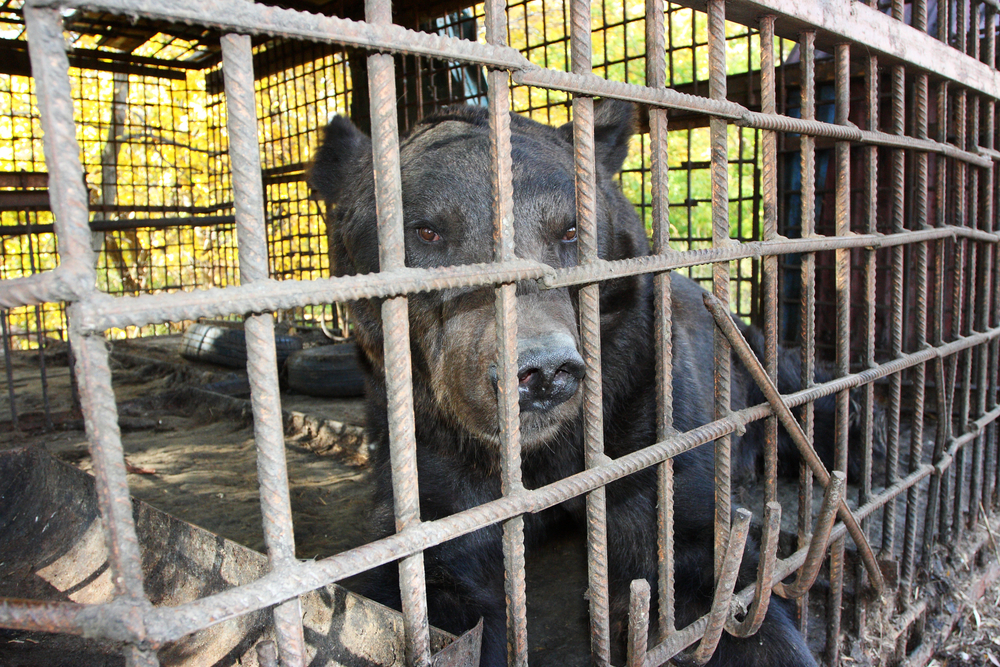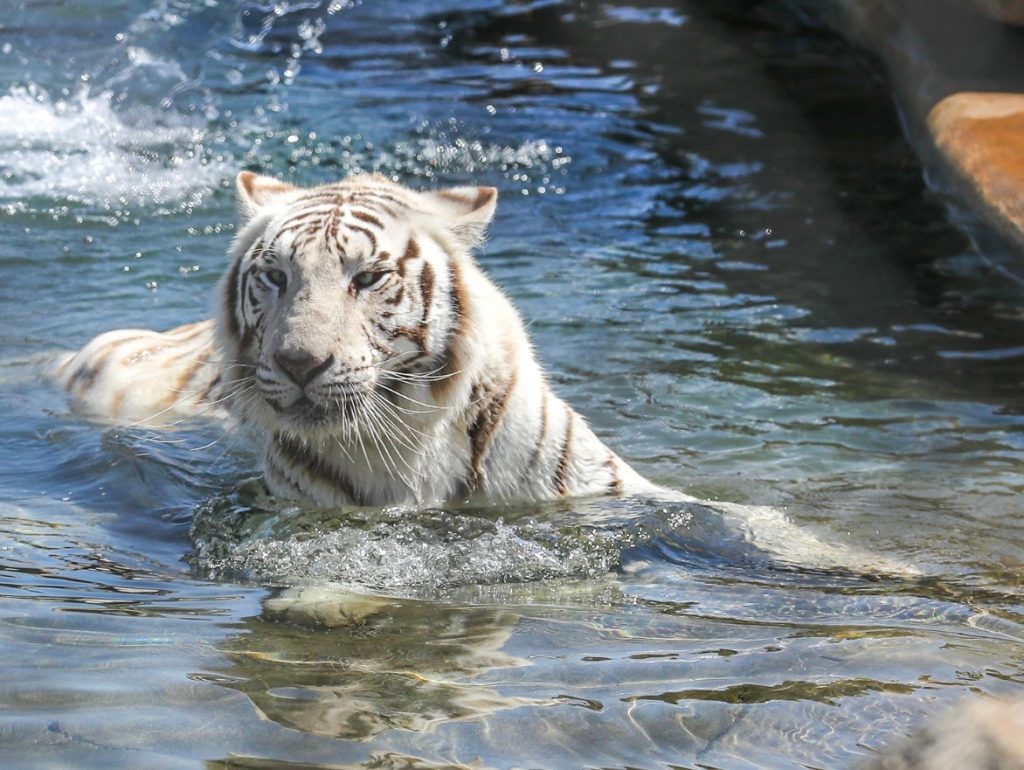Why Accredited Sanctuaries Don’t Breed – And Why That Matters
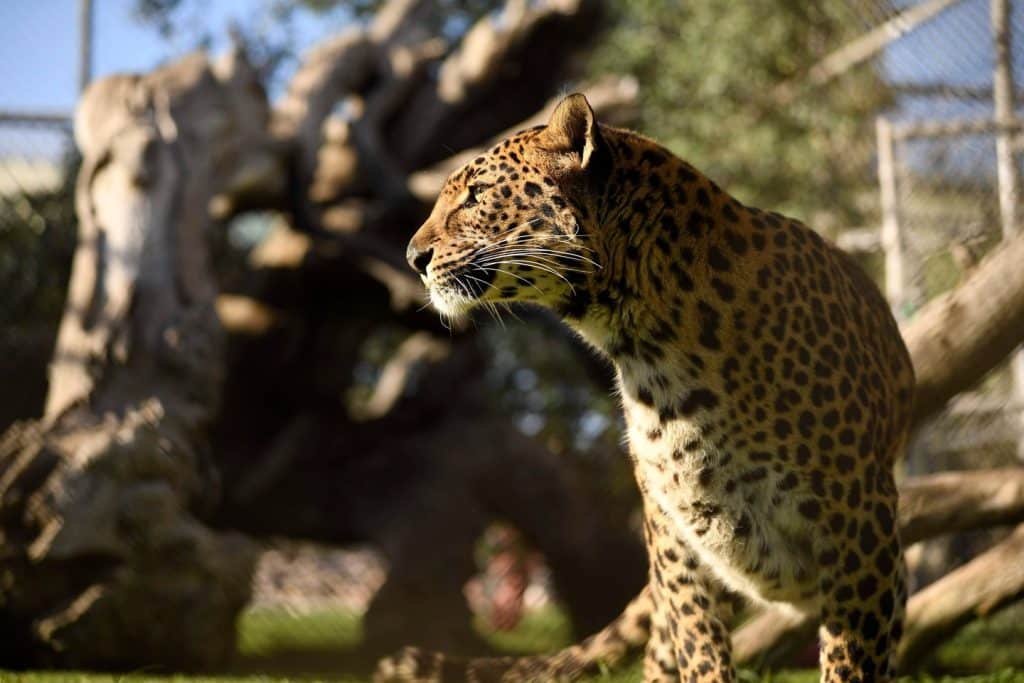
If you’ve ever been to an accredited sanctuary, you might have noticed that there aren’t any baby tigers bouncing around or lion cubs being bottle-fed for photo ops. That’s not just a coincidence; it’s a conscious choice. Accredited sanctuaries adhere to a strict no-breeding policy, which is one of the most important ways they protect the animals in their care.
Unlike roadside zoos or pseudo-sanctuaries that use baby animals to boost revenue and rack up social media likes, true sanctuaries adhere to a no-breed policy because they’re focused on healing, not profit. They don’t exist to create more animals in captivity. They exist to rescue, rehabilitate, and offer lifelong care to exotic and farm animals that have already been exploited—often by the very industries that rely on constant breeding.
What Does a No-Breeding Policy Mean?
A “no breed” policy means that the sanctuary does not allow any breeding of the animals in its care. In practice, this means that accredited sanctuaries will not pair animals for breeding or mating. They also take measures like keeping males and females separate or using spay procedures when appropriate to prevent reproduction. The goal is simple. No new babies will be born at the sanctuary (except in extremely rare cases like an animal arriving already pregnant.
This policy aligns perfectly with the mission of true sanctuaries. Reputable sanctuaries exist to provide safe, lifelong homes for animals rescued from different situations – not to create more animals in captivity.
The Global Federation of Animal Sanctuaries (GFAS) and the American Sanctuary Association (ASA), which are international accrediting bodies, requires that any sanctuary seeking accreditation must agree to no captive breeding. In fact, GFAS standards explicitly state that accredited sanctuaries should not breed their animals unless it’s part of a legitimate species reintroduction program (which is exceptionally rare in sanctuary settings). This means a GFAS-accredited sanctuary focuses on caring for the animals it has rescued rather than producing new cubs or baby animals.
Why Such a Strict Rule?
There are many reasons behind the breed restrictions, including:
Breeding Doesn’t Equal Conservation
A common argument is that breeding helps protect endangered species. But unless you're part of a legitimate, carefully regulated conservation program, that claim doesn’t hold up.
Animals bred in captivity can’t be released into the wild. They may be genetically mixed, lack survival instincts, or be too used to people. Breeding a tiger in someone’s backyard won’t help wild tigers in Asia. If anything, it sends the wrong message—like the species isn’t really at risk because "there are so many in captivity."
True conservation means protecting animals in the wild, preserving habitats, and cracking down on wildlife crime. Accredited sanctuaries do their part by taking in animals already displaced by human actions and educating the public on the truth about the wildlife trafficking trade.

Babies Don’t Belong in Sanctuaries
It’s easy to think that breeding in big cat sanctuaries might bring joy or entertainment—after all, who doesn’t love cute baby animals? But that’s not what sanctuary life is about.
Responsible sanctuaries avoid public interactions and direct contact for a reason. Allowing guests to touch, or take selfies with young animals isn’t just risky—it also encourages the idea that wild animals are safe to be around. That mindset fuels desires for private ownership, and countless other issues that directly result in animal suffering.
Some people also believe that animals are happier when they have the opportunity to breed. But in captivity, that’s just not the case. Preventing breeding can actually improve quality of life—it reduces stress, aggression, and minimizes certain health risks.
Breeding Adds to the Problem, Not the Solution
Breeding exotic animals in captivity often fuels the wildlife trade, supports wildlife trafficking, and drives demand for wildlife products. Many animals bred in roadside zoos or by private individuals are later abandoned, killed, or sold when they become too large or dangerous. Accredited Sanctuaries like Lions Tigers & Bears often end up rescuing these animals and provide a forever home.
The Role of Sanctuaries
What do sanctuaries do if they’re not busy breeding animals? They pour their hearts and resources into making the animals’ lives as happy and healthy as possible.
The primary goal of a sanctuary is to provide rescued animals with a stable, loving home for the rest of their lives. Breeding new babies would directly conflict with that mission. Imagine a sanctuary that rescues a neglected tiger from a backyard breeder, only to turn around and breed that tiger to produce cubs. It would be repeating the very cycle of exploitation it’s supposed to stop.
Accredited sanctuaries refuse to do that. Instead, they focus on rehabilitation, including proper nutrition, medical treatment, comfortable and naturalistic enclosures, and enrichment activities that allow the animals to express their natural behaviors. They prioritize each animal’s long-term welfare over any short-term “cute factor” that babies might provide.
Many rescued exotic animals arrive with health issues: malnutrition, broken bones, infections, or chronic conditions from years of neglect. Sanctuaries often establish on-site veterinary clinics or partner with wildlife veterinarians to ensure these animals receive top-notch medical attention. They perform surgeries, dental work, physical therapy – whatever is needed to relieve pain and improve quality of life.
A big cat sanctuary may have to treat a tiger for arthritis or remove rotten teeth from a bear that was fed a poor diet. These tasks require time, expertise, and money.
And accredited sanctuaries operate with limited resources – they rely on donations, grants, and goodwill. Every new animal born would require care, space, and funding for possibly decades (a tiger can live 20 years or more).
A no breed policy ensures their precious resources are used for animals already in need. There are always more abused exotic animals in need of rescue than there are sanctuary spaces available. A no-breed policy means sanctuaries don’t add to that number needlessly; instead, they can potentially take in another animal from a dire situation when space opens up, rather than filling that spot with a bred cub that didn’t need rescue.
True sanctuaries also have an educational mission. They aim to teach the public about wildlife rescue and conservation, responsible behavior, and the plight of captive exotic animals. Seeing a tiger or bear living peacefully in a spacious habitat, hearing its rescue story, and learning why it should never have been a pet in the first place is a powerful lesson for visitors.
None of this requires breeding more tigers or bears. In fact, avoiding breeding is a teaching point in itself – it shows that we don’t need baby animals to inspire care; we need empathy and understanding.
Focus on What Matters: Care, Not Cub Petting
When sanctuaries don’t breed, they can focus 100% on doing what matters most: providing animals with safety, comfort, and respect. That means investing in:
- Top-tier veterinary care
- Proper diets
- Enrichment that mimics natural behaviors
- Large, peaceful enclosures
It also means every animal gets attention. Sanctuaries don’t have to split resources between caring for adult animals and raising babies who weren’t supposed to be there in the first place.
The animals who live in accredited sanctuaries aren’t there for show. They’re there because they have nowhere else to go. Many were exploited in public shows, bred for photo ops, or kept in cramped cages for years. A real sanctuary gives them something they’ve never had before: a safe place just to be.
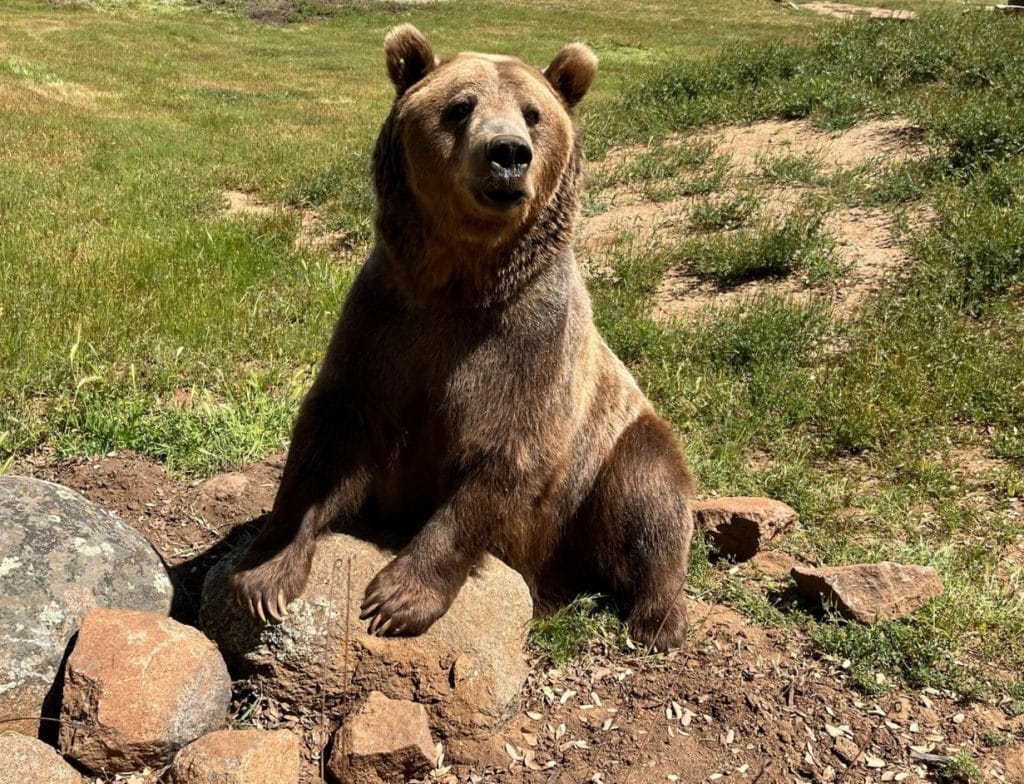
Many wildlife rescues involve collaboration with state Fish & Game agencies and federal US Fish & Wildlife Service officials, who enforce laws against illegal trafficking. When animals are confiscated from smugglers or hazardous conditions, accredited sanctuaries often step in to provide them with lifelong, protected care, ensuring they are never exploited again.
A facility that breeds animals can’t offer that same guarantee. Even with good intentions, breeding can create an unnecessary surplus. And once animals are viewed as inventory instead of individuals, the risk of them ending up in the wrong hands skyrockets.
Real Sanctuary Means Saying No to Breeding
It’s not always easy. Rejecting the idea of breeding new baby animals means saying no to fleeting popularity, media attention, and ticket sales. But accredited sanctuaries understand that the animals come first, not public pressure, not profit, not even popularity.
When sanctuaries adhere to a strict no-breed policy, they demonstrate what genuine respect for animals entails. They also stand up against the systems that created the need for sanctuaries in the first place, systems driven by breeding, trading, and profiting off exotic animals.
The next time you see a facility posting photos of lion cubs or offering tiger playtime experiences, you’ll know this isn’t an accredited sanctuary.
Accredited sanctuaries, especially those recognized by the GFAS and the ASA, such as Lions Tigers & Bears, have already taken a clear stance. They don’t breed. They don’t exploit. They rescue, rehabilitate, and give animals a life free from public spectacle and human expectations. And that, more than anything else, is what a true sanctuary should mean.
